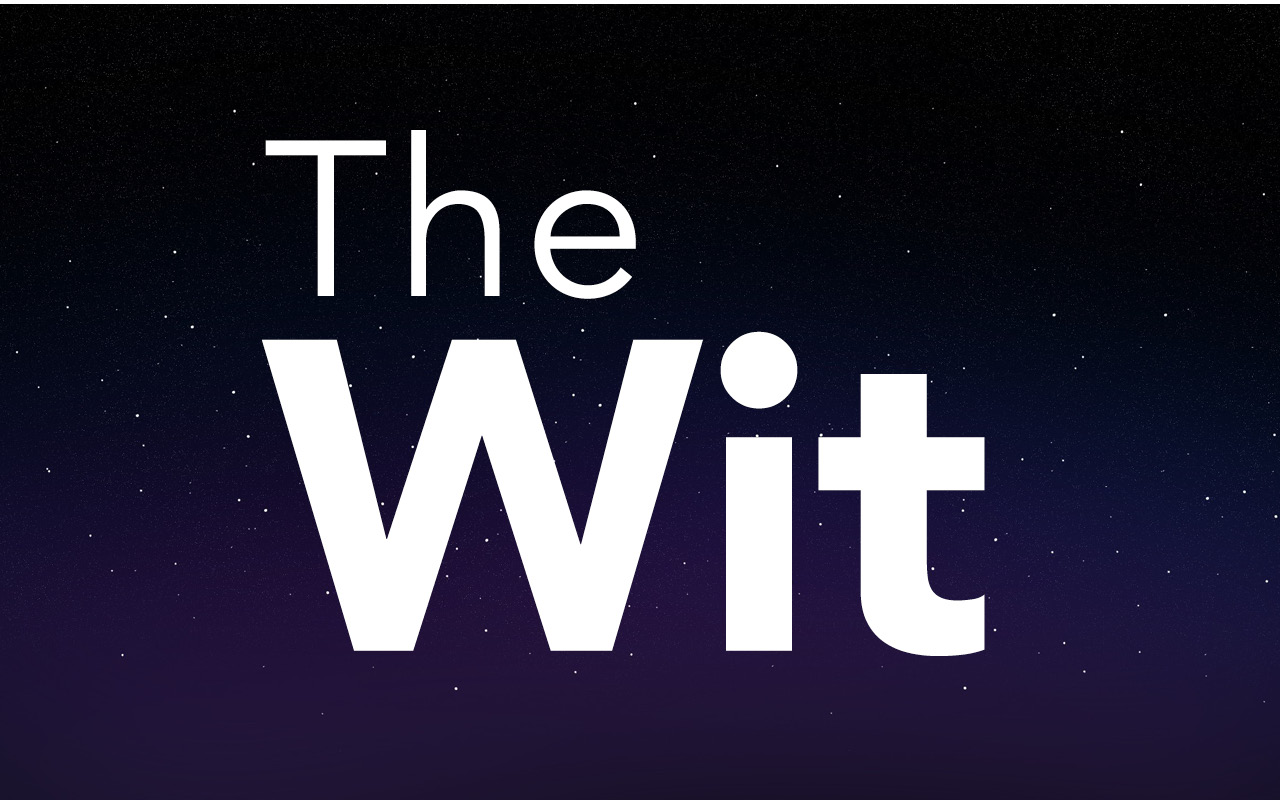Bluffton students, faculty and staff,
In the late afternoon of April 12, a Bluffton University student drew with chalk a Confederate flag and the statement “the Confederacy will rise again” on a sidewalk near the basketball courts. The student has been identified and started the campus conduct process. Student Life staff and Tyson Goings, Director of Multicultural Student Development, are working with and will continue to work with the individuals who have been most directly impacted by this incident.
I am saddened by these actions and the harm that has been done to our underrepresented students and our entire campus community. This act is not acceptable or consistent with the values of Bluffton University. It reinforces the recognition that in our society, and even on our campus, racial divisions and challenges are real. Continuing and expanding our campus conversations around issues of diversity and related training for students, faculty, staff and administration is important.
President Harder
As I imagine was the case for many other students, this email message from President Jim Harder was the first I had heard of the drawing of the Confederate flag in chalk on Bluffton’s campus. My first reaction was that of frustration. The symbolic action taken here was something that I was familiar with. Where I’m from, a small, rural, predominantly white town, the Battle Flag of the Army of Northern Virginia was not a taboo symbol.
Today, and on our campus, it is.
Last Wednesday, I attended a meeting of the Multicultural Student Organization. Sitting in a circle in the Kreider Room, we were invited to share our thoughts, experiences and feelings regarding the depiction of the flag on campus. Several white students shared experiences that were similar to my own. We were angry that this occurred, but we were familiar with people from our respective home communities who embrace such symbols.
This, however, was in stark contrast to the testimonies of several African-American students. They explained that after feeling that Bluffton’s campus was a safe place, this incident made them question that. Where the past experiences of the white students usually involved a passive anger, some of the African-American students in the room described feelings of fear regarding people whom the white students had learned to ignore. The history of the Confederate flag, and all that it implies, was and is much more palpable to them.
The history of the Confederacy is ugly, and has no place in contemporary discourse – especially at a university that claims to be a community of respect. However, when it comes to the contemporary use of the Confederate flag, we should know the context of what is being called forth.
First, the foundation of the Confederacy was predicated on racial slavery. As stated by the Vice-President of the Confederacy Alexander Stephens during his inauguration, “Our new government is founded upon…its corner-stone rests, upon the great truth that the negro is not equal to the white man; that slavery subordination to the superior race is his natural and normal condition.” The Confederacy came into existence in order to preserve the institution of slavery.
Those who use the symbol of the Confederacy, either willfully or otherwise – including the student who drew the flag here – are calling forth a sea of contextual meaning and taking an active role in the continuation of the values of the Confederacy.
White students, like myself, have the privilege to ignore the symbolic actions taking place around us. African-American students, however, can’t escape from historic symbols that represent their ancestors’ enslavement and their current socio-political disadvantages. These distinctions in our reactions are a function of white privilege.
I don’t reside in a body that was attacked when that symbol was drawn on the sidewalk. I’m not as bound to the history of the country as my fellow students at Bluffton. In this, I’m as guilty of making use of my white privilege as those who openly flaunt symbols of racial subjugation.
This all comes back to the particular event on this campus. Even if the student who drew the flag didn’t do it with any malicious intent—that doesn’t change the destructive effects it has had on members of our community.
It is each of our responsibilities, in this community of respect, to pursue reconciliation. This is an instance in which Bluffton’s method of restorative justice can be shown as a way of peacemaking while working with contentious subjects. With work, we can show Bluffton’s path to reconciliation.
I wish that I could conclude the piece on that note. However, I fear that this conclusion doesn’t account for the experiences of many students. The word “reconciliation” is often thinly veiled as the restoration of the status quo.
We, as the Bluffton community, need to be careful that we do not concede to complacency or restore the status quo. Together, we will have to come to our own mutual conclusions about the nature of this event. We will have to face our own troubled past, in the ways that many of us have been privileged to avoid.

Kenny Beeker is a senior history and communication major and program director for 96.1 The Wit.






